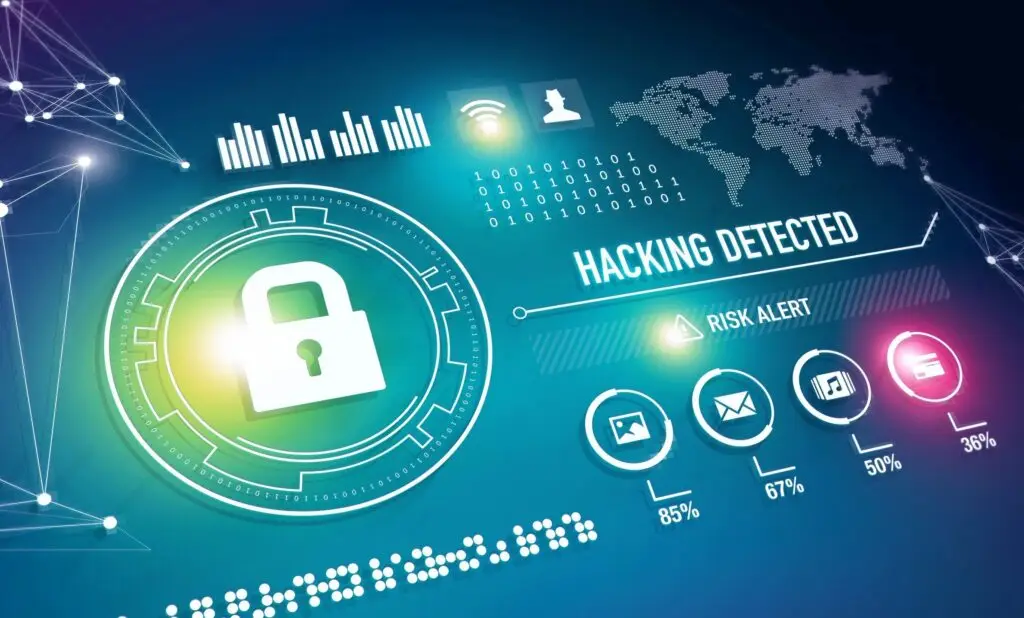
Cybersecurity threats evolve and become more sophisticated as we become increasingly reliant on technology. From phishing attacks to malware, insider threats, DDoS attacks, and advanced persistent threats, businesses and individuals face various cybersecurity risks that can have devastating consequences.
This article will explore the top 5 most common cybersecurity threats today, providing insights into their nature, scope, and impact. We will also offer best practices and strategies for mitigating the risks posed by these threats and protecting your digital assets. Whether you are:
- A business owner.
- IT professional or concerned individual.
- Staying informed about the latest cybersecurity threats is critical to safeguarding your online presence and minimizing the risk of a cyber attack.
Here’s a summary of the key points:
- Phishing: Phishing attacks involve tricking individuals into revealing sensitive information such as credit card details, usernames, and passwords. Attackers use social engineering techniques to create convincing emails, messages, or websites that appear legitimate but are designed to steal personal information.
- Malware is any malicious software designed to harm or disrupt a computer system, network, or device. Malware includes viruses, worms, Trojans, ransomware, and spyware. Malware can cause significant damage, including data loss, system crashes, and financial losses.
- Insider threats: Insider threats occur when an employee or contractor intentionally or accidentally causes harm to a company’s computer systems or data. This can include stealing sensitive data, introducing malware, or accidentally causing a system outage.
- Distributed Denial of Service (DDoS) attacks overwhelm a server, website, or network with traffic, rendering it inaccessible to legitimate users. Attackers use botnets, which are networks of infected computers, to launch these attacks.
- Advanced Persistent Threats (APTs): APTs are targeted attacks carried out by sophisticated threat actors over an extended period. Attackers use advanced techniques such as social engineering, zero-day vulnerabilities, and lateral movement to access a network and exfiltrate sensitive data.
To protect against these threats, it is essential to implement a robust cybersecurity strategy that includes regular security assessments, employee training, and advanced security tools such as firewalls, intrusion detection systems, and endpoint protection software.
Regular backups, incident response planning, and strict access controls can also help to mitigate the risks posed by cyber threats.
Overall, staying informed about the latest cybersecurity threats and taking necessary measures to protect against them is critical in today’s digital age.











